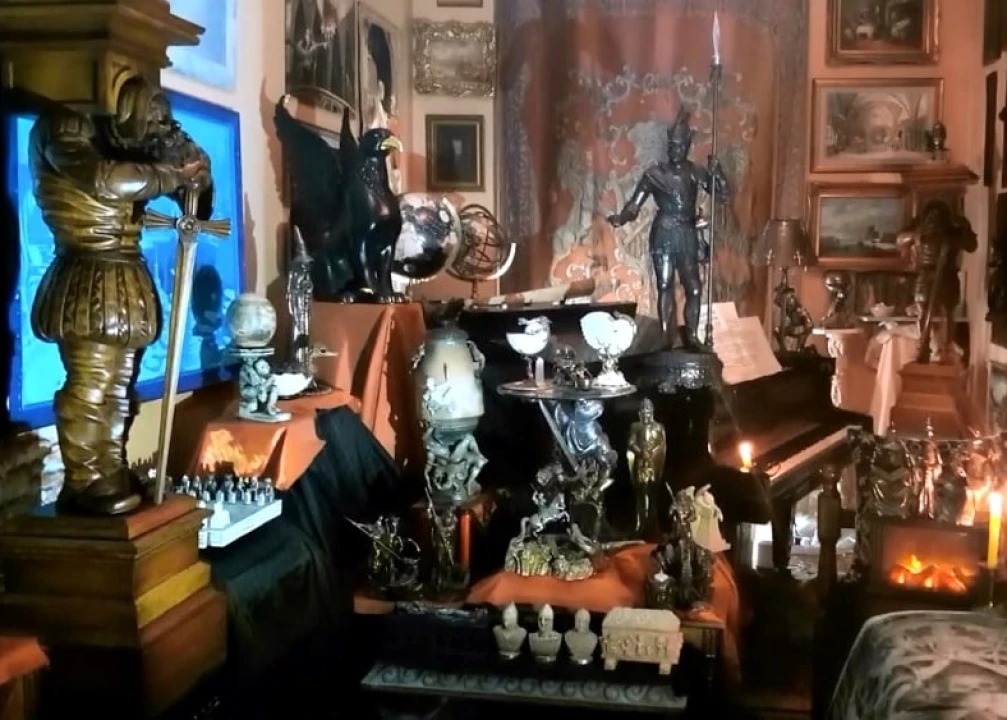In Rome, the rebirth of the art circuit is coming back in an attempt to leave the pandemic behind. In the Montesacro district, there is a museum dedicated to the union of art and music which, in the style of the Renaissance Wunderkammer, immerses people in an atmosphere that makes them travel outside of time. With the particularity, however, that all this is not in a castle or a palace, but in an apartment in the capital. We are talking about Artificialia Museo Wunderkammer, a place to visit and also to "listen" because, in addition to the guided tour, you can attend piano and organ concerts. In the Artificialia Museum, Marco Lo Muscio has recreated and arranged in a modern style the objects that could be found in the "Chambers of Wonders" of the past, combining a visit to the collection with a piano and organ performance.
The union between art and wine is instead the characteristic of the new B-Art Gallery, eclectic gallery born from the courageous initiative of two twenty years old entrepreneurs. Gian Lorenzo Bernini, student of history of art and Daniel Bianca, food&beverage manager, decided to transform an old loft in Trastevere in a hybrid space where their skills and passions coexist. Their aim is making accessible to all the fruition of contemporary art in an atmosphere of great informality, and open a window on the new generation of artists on the Capitoline scene.
More than 150 square meters of exhibition space, high ceilings with arches, and wall columns of Renaissance style, with an outdoor courtyard and a vertical garden soon to be inaugurated, will host a selection of exhibitions with an innovative format. The “short exhibition” will last only 72 hours, and will see the artists alternate in a sort of relay, experimenting with a concept of intimate exposure, aimed at transforming the fruition in a stop, combining on each occasion the work of art to a selection of wines of excellence, chosen ad hoc.
A place where the contact with the art becomes colloquial, private and at the same time collective, to renew the experience of literary cafes that have animated the Roman cultural scene from the early '900 until the '60s. Back in those days these historic places were the "Caffè Greco" and "Rosati" and the salons of Palazzo Taverna, the center of the "International Meetings of Art", held by critics, artists and intellectuals: from Pier Paolo Pasolini to Alberto Moravia and Giulio Carlo Argan.
Finally, a grand opening with a glittering blazon, is L'Atelier di Beatrice Burati Anderson, a woman with a carbon-like kindness that every adversity turns into a diamond for resistance and preciousness. The idea is to create a thread of connection between her artists curated in the Venetian space Art Space & Gallery, and the new Roman headquarters hosted in the home studio of the artist Pilade Bertieri. The atmosphere is one of continuous cross-references that bounce between the ends of a century; the early twentieth century in the environment that houses the works and the early two thousand with the artists who exhibit their works, selected by the poetic philology of Burati Anderson. A truly evocative place.
Rome unexpectedly wakes up among the first cities from the post-pandemic torpor and does so with a wide and varied range of proposals.




